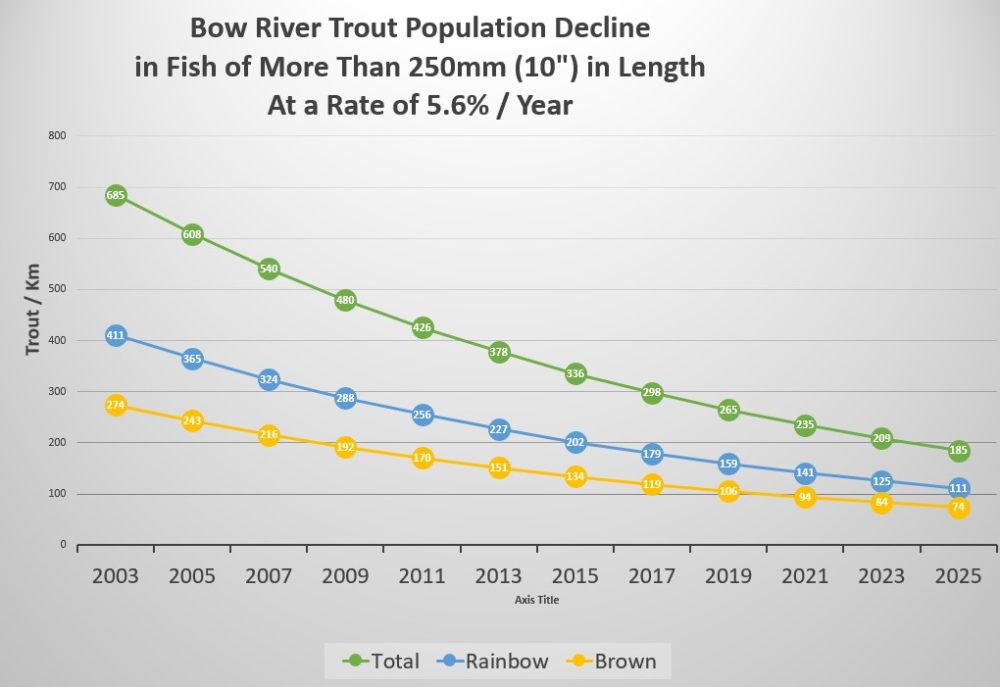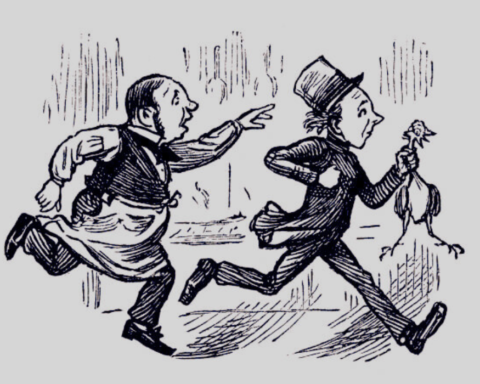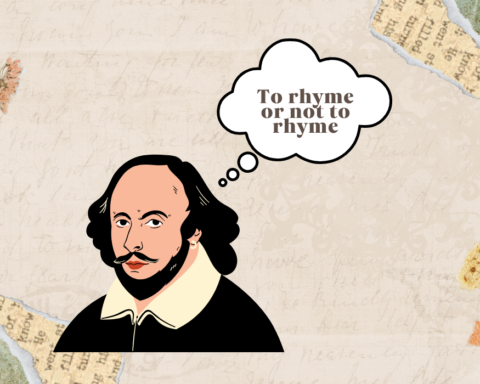Climate change is affecting animal and plant species all around the world. Biodiversity is under attack and at the risk of collapsing.
But, the question of how many species have been reduced remains unsolved.
The number of species is changing over time. This makes calculating these losses difficult and time-consuming. Researchers use previous examples to analyze the current ecosystem.
Ecological patterns can be analyzed using historical species data. However, most of these statistics are thought to be limited and insufficient.
Let’s look at an example to better grasp this.
The historical decline of trout in Spain and its current impact
A 19th-century Spanish geographical dictionary lists over 10,000 freshwater species. Pascual Madoz edited this dictionary. This consists of nearly 4000 brown trout. It also has a historic dataset that may be compared to current data.
Researchers examined this dictionary to show the drop in the trout population during the past 150 years. This could be a result of global warming or climate change in general.
Brown trout is a cold-water species and is likely to be responsive to heating trends. At the far southern and warm end of the trout range, Spain is located. It is an excellent setup for analyzing the effects of warming on trout distribution.
As the temperature rises, the population is expected to suffer.
Reasons for decline in trout population
Researchers have developed a model of trout abundance and climate. They did this by combining old and modern data. According to the model, the air temperature has an effect on the current distribution of trout.
Trout habitat has shrunk by a quarter since 1850. By 2050, it is expected to have dropped by up to 40%. From 1850 through the early 2000s, the distribution of trout was very consistent. However, things have started to shift since then.

Changes in trout occurrences influenced 25% of the cells. By a ratio of three, extinction events outnumbered colonizations. This revealed a clear pattern of trout population decrease.
Long-term trout declines in Spain are linked to severe temperature rises. This temperature changes in magnitude both on a regular and regional basis. Trout extinctions and colonization occurred in areas with mild temperatures.
Conservation Strategies
Trout survival in Spain and other areas may be dependent on efficient management. The following are some of the strategies:
- Restricting hatchery trout spread to safeguard local trout populations.
- The growth of riparian vegetation and its heat-absorbing qualities.
- Creating preservation plans to promote connections between current and future locations
- It should be illegal to stock reproductive, farm-bred brown trout.
Trout have a constant thermal demand, according to the precise distribution estimates. The state of preservation of Spanish rivers is terrible. Despite this, the precision is really good.
This is due to the fact that a variety of human activities may have a negative impact on the dispersion of trout. Their number may have been expanded by mass stocking.
Despite these factors, global temperatures are a good predictor of trout distribution.
The results of the study
Models from the 1850s and 2000s did very well. Both models were created with the same seven algorithms. The curves for the models from the 1850s and the 2000s were quite similar. This proved the constancy of links between trout incidence and temperature.
The projections based on the 1850s model were extremely accurate. The pattern of correctness trends was identical between the 1850s and the 2000s.
These data confirm trout’s long-term sensitivity to climate change. They also emphasize the need of seeking and using historical information. It can help scientists determine the impact of climate change on biodiversity.
Experts might concentrate on the long term, such as the 150-year time span in this study. Examining historical records should be a priority in ecological research. More citizen science initiatives must be launched to build a current database.
Conclusion
Past citizen-science operations have produced massive amounts of biodiversity data. These have examined social and ecological geography. The data contained in these ancient records is focused on specific species.
Countless records of domesticated and wild species might be rendered. These could take the shape of precise biodiversity distribution reservoirs. This data extraction is a challenging, cooperative, and varied procedure.
There is a lot of compilation to be done. The benefit from the comprehension of our environment might be larger. Past records should be incorporated into biodiversity datasets to make them more valuable.
Citizen science is crucial in these new projects. Many people from all across the world are contributing their share of knowledge. This will help enhance our understanding of biodiversity. These people also seek to modify conservation activities in response to future challenges.
With the same goals in mind, we must include biodiversity data collected in the past by many people in diverse locations. We live in their future.
Politigory provides in-depth reviews of science, history, humanities, religion, social sciences and arts











